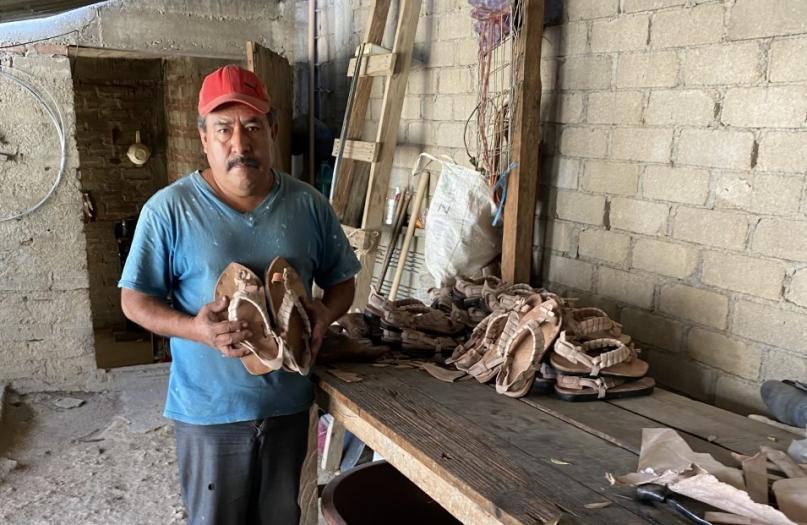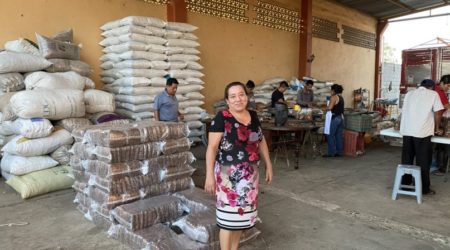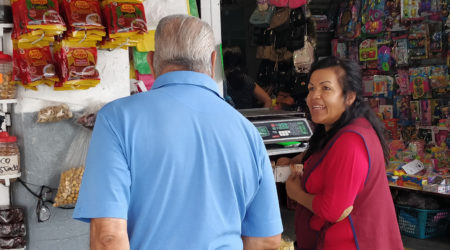From analog to digitized: Future-proofing financial cooperatives in Mexico

For savings and loans cooperatives in Mexico, the competition is growing. Banks, fintechs and superplatforms are starting to offer cooperatives’ customers personalized digital products with easy access and 24/7 availability. Cooperatives are taking steps toward digital operations, and the question is, can they catch up?
BFA Global sought to find answers to this question by carrying out a study on the state of digital in Mexico’s cooperative sector. A report on the study was published this week, representing the first-ever research on the subject. With the support of MetLife Foundation, BFA Global’s FinnSalud program interviewed 31 of the 40 largest cooperatives in Mexico, each with at least 30,000 members. Collectively, the 31 cooperatives represent over 6 million members.
The study showed that cooperatives’ use of technology is limited. Nearly all the cooperatives said they know they need to digitize to stay relevant, but few cooperatives have carried out significant digitization initiatives. Fifty-five percent of interviewed cooperatives still require their members to go to a branch in-person to view their account balance. Eighty-three percent still document member information on paper before scanning it. And only 16% have a business intelligence system. Based on the consistency of the cooperatives’ responses, BFA believes the other 115 authorized cooperatives in Mexico are likely to be in a similar situation.
At the same time, they are not starting from zero. All 31 cooperatives interviewed use at least some digital systems in their operations. All but one have a website, and all use a core banking system, although these vary in their modernity. Ten have mobile applications and five offer interbank transfers via a web or mobile app. A few cooperatives showed significant advances in their digital transformation, including a modern core, user-friendly apps, and the use of online marketing techniques for member acquisition.
One of the main blockers of digital transformation is a lack of clarity about what digitization means. Many cooperatives don’t know where to start, how to go about it, how much it will cost, or what resources are needed. There appears to be a disconnect between the perception and the reality of digital transformation. For instance, half of the surveyed cooperatives said they have a team dedicated to digitization. However, they were referring to staff focused on existing IT operations or social media/digital marketing, and not to a team with the specific kinds of technical expertise that digital transformation requires.
Their predicament is understandable. Cooperatives’ success to date is based on personal relationships and face-to-face interactions. Physical branches and cash transactions are core parts of their model. For a sector that has never needed to use sophisticated technology or expand beyond the direct reach of its branches, digital transformation can seem daunting.
But feeling overwhelmed and lacking the information they need is only part of why cooperatives in Mexico haven’t made significant progress toward digital transformation. For many Mexican cooperatives, digital transformation doesn’t feel urgent because their members are not yet demanding digital offerings. Sixty-five percent of cooperatives said their members are less digital than they are. Only 45% said that demand from members was a motivator to digitize.
However, if cooperatives wait to digitize until their members are openly demanding digital offerings, it will be too late. The competition is moving quickly, and the landscape along with it: as more digital options become available, customer preferences might change faster than cooperatives can evolve to meet. Current and potential members might soon develop expectations for product and service capabilities to be available anytime, anywhere.
BFA Global’s report aims to show cooperatives that digital transformation must be an immediate priority and provide them with the knowledge they need to pursue it. The report gives cooperatives in Mexico a comprehensive picture of where they stand. It explains which digital systems and services are currently in use, sector-wide perceptions and experiences, the steps some have taken to digitize, and more. Recognizing cooperatives’ need for guidance, the report also offers detailed advice, including a step-by-step guide to start the digitization process along with explanations of what it is and what it does.
While cooperatives are behind other financial service providers in their digital transformation, they can catch up. By pursuing digital transformation now, as a serious, organization-wide project, cooperatives can grow their customer base, improve their business operations, and survive the competition. Cooperatives have important advantages over fintechs and banks: they are close to their customers, so they understand them well; they treat them with kindness and offer attractive interest rates, which customers really appreciate. If cooperatives are able to combine these advantages with digital products and services, they will be in a strong position to compete. BFA Global hopes they are able to achieve that value proposition and continue supporting lower-income populations well into the future.


